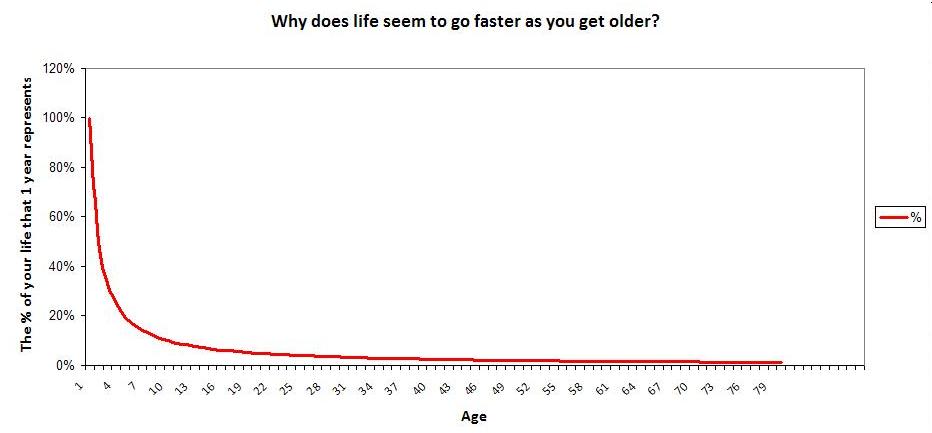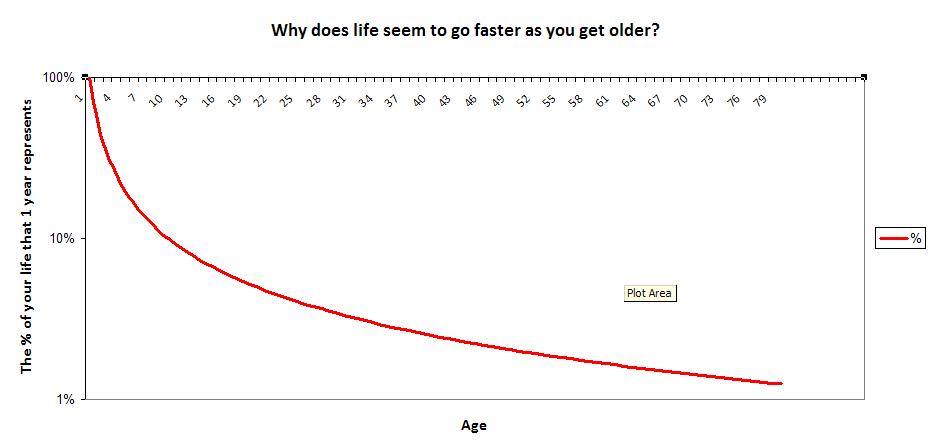
Airplanes crashing! ATM machines stopping! Computers exploding!? What was the Y2K doomsday all about?
Most computer programs written prior to the mid 1990s used only 2 characters to keep track of the year. Back in the 1970s and 1980s, computing power was expensive, so it made sense not to waste 2 extra digits storing a bunch of redundant “19__” prefixes. The computer would simply store a 55 or 97, instead of 1955 or 1997.
The problem with Y2K was that any date calculation written this way would fail once the year rolled over to 2000. Why? Let’s look at a very simple example. Let’s say a computer program calculates how old you are in order to determine if you’re eligible for certain medical benefits. The code could look something like this:
birth_year = 29;
current_year = 95;
age = current_year – birth_year;
If (age >= 65) then medicare_eligible = TRUE;
Normally, this works fine. In the above example, the age = 95 – 29 = 66, and he can get medicare benefits. But, notice what happens when this same code runs in the year 2000 !
birth_year = 29;
current_year = 00;
age = current_year – birth_year;
If (age >= 65) then medicare_eligible = TRUE;
Now age = 00 – 29. That’s negative 29 years old. Clearly, -29 is not greater than 65. So, the computer thinks you’re not old enough to get medicare benefits! The logic goes haywire unless all the date codes are expanded to 4 digits. Once you do that, 2000 – 1929 = 71.
Apply this simple calculation error to anything that needed to compare dates, or determine how old something is, or how much time has passed. This is why people were expecting a computing catastrophe when the date rolled over.

